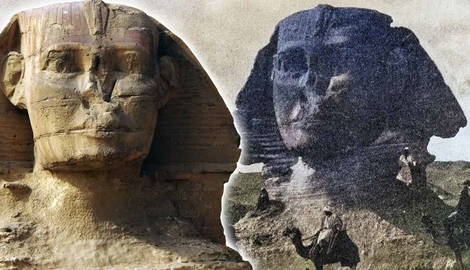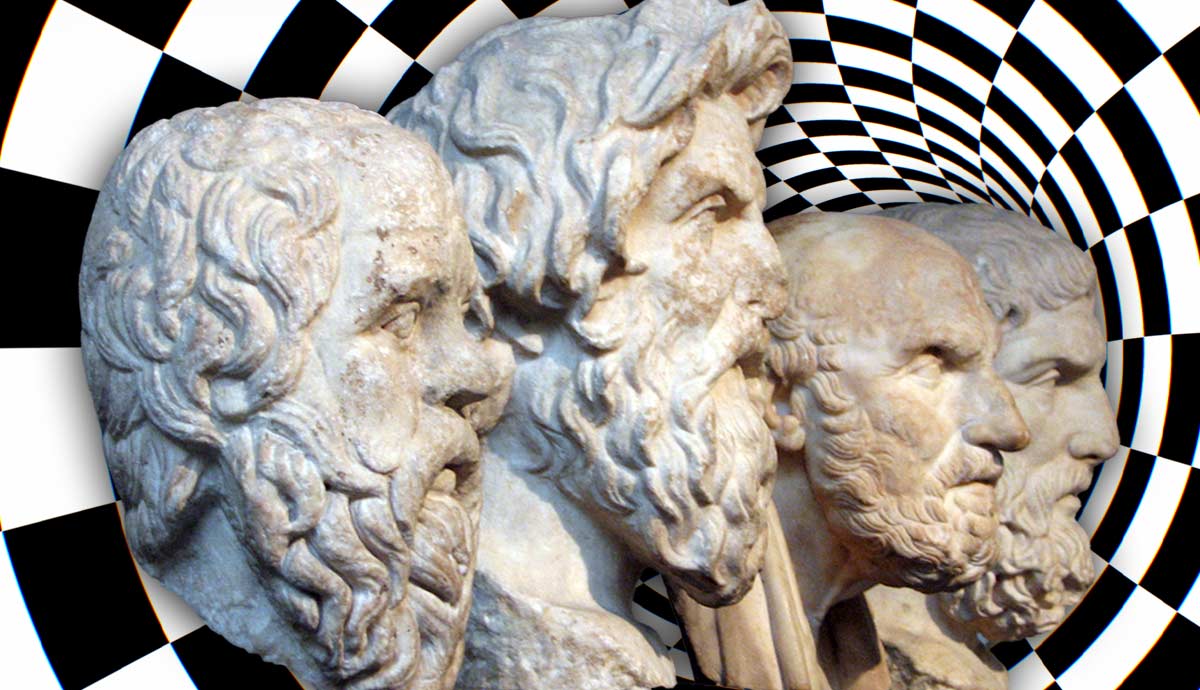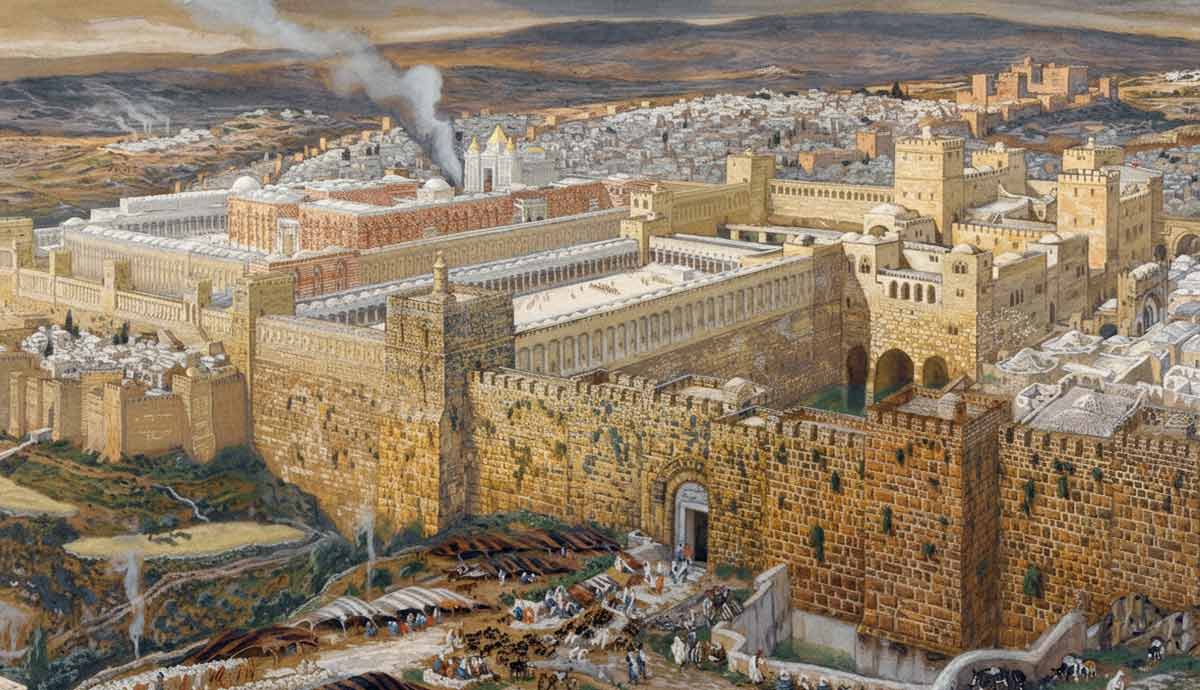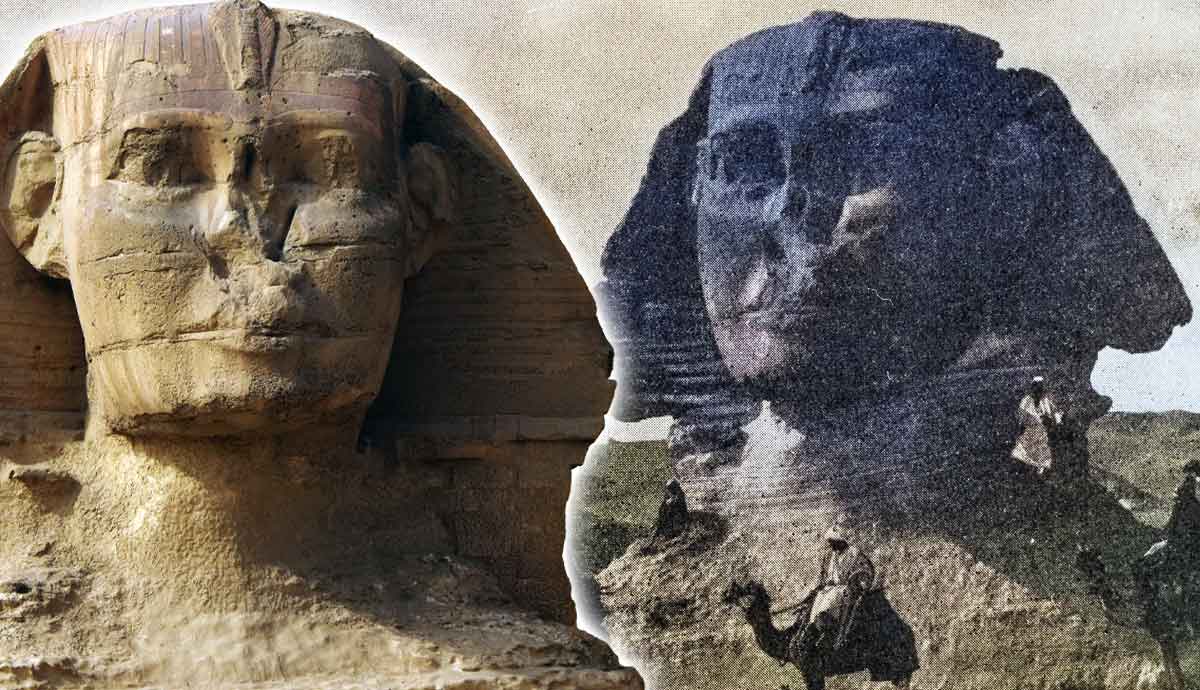
The Great Sphinx of Giza represents a recumbent lion with the head of a human, most likely the Pharaoh Khafre, who ruled Egypt during the Old Kingdom from 2472-2448 BCE and constructed the second of the three Pyramids of Giza. Khafre was the son of Khufu, who ordered the construction of the oldest and largest of the three Pyramids of Giza. Khafre’s son, Menkaure, built the third and smallest pyramid. Overall, the Old Kingdom was famous for its massive and complex construction projects.
Location and Setting

Giza is one of the most popular tourist destinations in Egypt and is located on the west bank of the Nile, opposite central Cairo. The Giza Plateau boasts a large ceremonial complex of pyramids, palaces, temples, solar boats, and other features, which were constructed to “endure an eternity and prepare pharaohs to become gods in the next life.”
The Pyramids of Giza and the Great Sphinx were constructed between 2600 and 2500 BCE during the Fourth Dynasty of the Old Kingdom and served as a symbol of early Egypt, reflecting the desire of rulers such as Khafre to establish physical manifestations of their rule and prepare for the afterlife.
Indeed, the monuments of the Giza Plateau were built by a skilled workforce who lived in a nearby temporary city sprawling over some 17 acres. Herodotus wrongly claimed the workforce was composed of slaves, an opinion some still believe in modern times. However, scholars suggest around 4,000 primary laborers including quarriers, hauliers, and masons would have constructed the Great Pyramid, supported by around 20,000 secondary laborers including ramp-builders, tool-makers, etc. One can imagine similar numbers for the construction of the Great Sphinx.
Archaeologists have discovered the remains of bakeries and large quantities of animal bone, suggesting the workforce laboring on the plateau was well fed with crops including wheat and barley, as well as various meat and fish. Additionally, tombs of the laborers have also been unearthed and, because many have remained undisturbed, scientists have been able to analyze the well-preserved skeletons and conclude that roughly half of them were female and 23% were children or babies, indicating the workers lived near the monuments with their families. These discoveries also highlight the political organization and control necessary to prompt a workforce to build such impressive monuments.
Pharaoh Khafre

Archaeological evidence has been used to associate Khafre with the colossal statue, which was carved from the bedrock of the Giza Plateau. In 1853, archaeologist Auguste Mariette, one of the early pioneers of Egyptology, discovered a life-size statue of Khafre in the ruins of a building adjacent to the Sphinx. Mariette also uncovered the Avenue of the Sphinxes and the Serapeum at Saqqara, along with the Egyptian Museum in Cairo.
In 1925, excavators found a building (now known as the Sphinx Temple) located in front of the recumbent lion which also dated to the Old Kingdom. Zahi Hawass believes the evidence is indisputable; the statue unearthed by Mariette is a depiction of Khafre and it “forms an integral part of his pyramid complex.”
In the Old Kingdom, the Great Sphinx became a symbol of divine power and pharaohs were unhesitant in their use of the mythical creature to convey the legitimate nature of their rule, as well as their dominance.
Characteristics of the Sphinx

The Great Sphinx of Giza is one of the earliest known examples of the mythological creature. Indeed, its use as a symbol of regency continued throughout the ages and was adopted as far afield as the Levant, Mesopotamia, Asia, and Greece. Oedipus Rex, one of the most famous Greek tragedies from the Classic Period, portrays the demise of King Oedipus and his powerlessness to escape fate after he solves the famous riddle of the Sphinx.
Khafre’s Sphinx is constructed from a single piece of limestone and measures 240 feet long and 66 feet high, the same height as the White House in Washington DC. In ancient Egypt, the creature was a spiritual guardian most often depicted as a male with a pharaoh’s headdress, and portrayals were often placed in tomb and temple complexes throughout Egypt.
Some scholars believe the Sphinx and the Great Pyramids held an astronomical importance “to resurrect the souls of the pharaoh by channeling the power of the sun and other gods.” The small temple between its paws contained dozens of inscribed stelae in honor of Ra, God of the Sun, and the face of the statue itself overlooks the rising sun in the east, signifying the importance of celestial considerations in its construction. Ra was one of the most revered and sacred deities in Egypt, who embodied the sheer power of the sun and gave life to the universe which explains why many pharaohs worshiped him and constructed monuments in his honor.
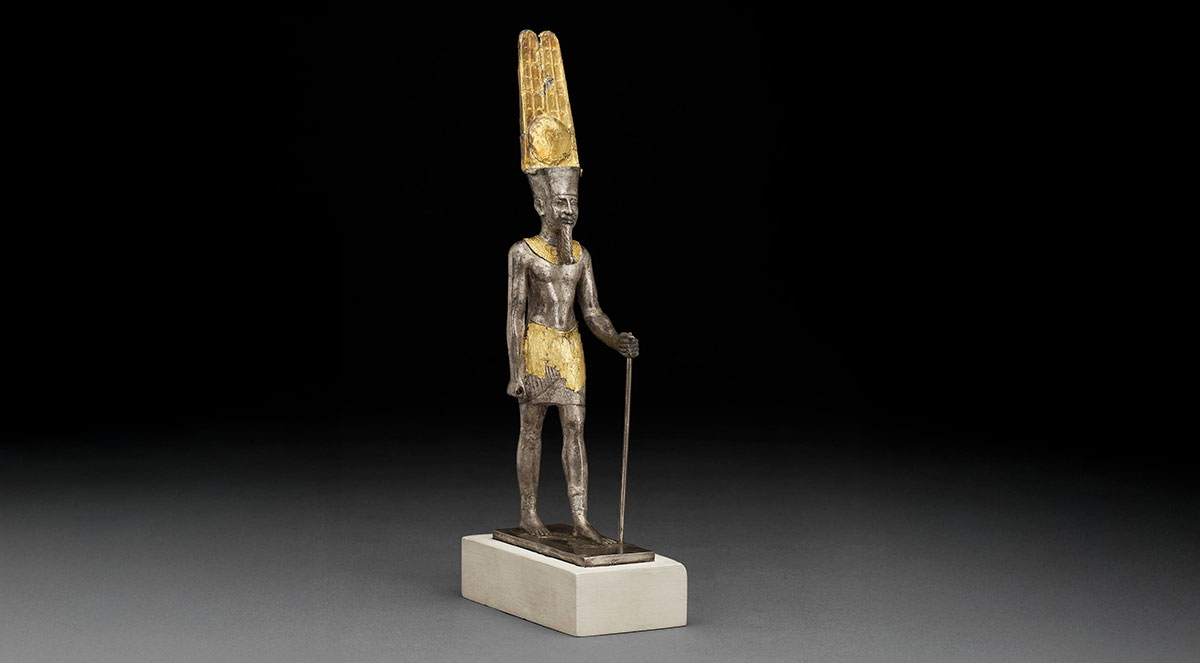
Researchers believe the limestone statue was originally painted in vibrant colors. In Egypt, Giza became a popular destination for tourists and travelers during the Roman Period and, reputedly, Pliny the Elder visited the Sphinx in the 1st century CE. He described how the face of the monster was painted a bright red color. Indeed, the bright color of the statue, as well as the gleaming white of the Great Pyramids would have inspired both awe and wonder, as well as contrasting starkly with the sandy and desolate desert surrounding the complex.
In Popular Culture

Indeed, the fame of the Great Sphinx has spread far and wide throughout the ages, with notable visitors including Cleopatra, Nero, and, more recently, Barack Obama, which highlights the never-ending allure of the statue, as well as its monumental surroundings. Cleopatra successfully maneuvered a predominantly male domain with striking aptitude, and politically motivated visitations to places of importance, such as Giza, would have strengthened her reputation, as well as her alliances with others.
In the 18th Dynasty, Thutmosis IV visited and fell asleep in the shade of the statue. While sleeping, he dreamt that “the great beast was choking from the sand engulfing it,” and if he were to remove the sand, he would be rewarded with the crown of Upper and Lower Egypt. In 1818, archaeologists rediscovered a rectangular granite stela in between the front paws of the statue, now dubbed the Dream Stela, which is inscribed with the tale of Thutmose IV and represents his attempt to legitimize his rule through divine associations, which was commonplace among rulers of the New Kingdom.
Napoleon, another famed ruler, also reputedly visited the colossal statue, with some researchers claiming his troops accidentally shot off its nose with a cannon when they entered the country in 1798. However, alternate sources suggest the nose was removed long before that.
The Great Sphinx was forgotten and buried under sand up to its shoulders until the early 1800s when an adventurer named Giovanni Battista Caviglia carried out excavations with a large team of men. Caviglia unearthed many artifacts and inscriptions, but it wasn’t until the late 1930s that archaeologists managed to expose the creature once again.
Threats

Presently, the Great Sphinx is under threat from both natural and manmade causes. In 2007, it was revealed that the water table under the statue was rising due to sewage being pumped into a nearby canal, causing the limestone to crumble. Other threats include vibrations emanating from nearby quarries and vehicular traffic, erosion from elements such as wind and rain, and pollution due to industrialization and the construction of nearby factories.
The landmark has therefore become the subject of numerous successful and unsuccessful restoration attempts over the past few decades. In the 1980s, for example, the lower third of the statue was encased in limestone blocks that actually distorted the monument instead of protecting it. In February 1988, a large chunk of rock weighing approximately 700 lbs collapsed from the right shoulder of the monument, demonstrating the critical and delicate nature of the situation.
The Great Sphinx of Giza: In Conclusion

The Great Sphinx is one of the most famous monuments in Egypt, and the renown and reputation of its builder, Khafre, has surely outlived even his own expectations. The colossal limestone statue, which attracts millions and millions of visitors each year, still provides the onlooker with the same wonder as it has done for thousands of years, and the recumbent lion may well reveal more secrets in the future.
